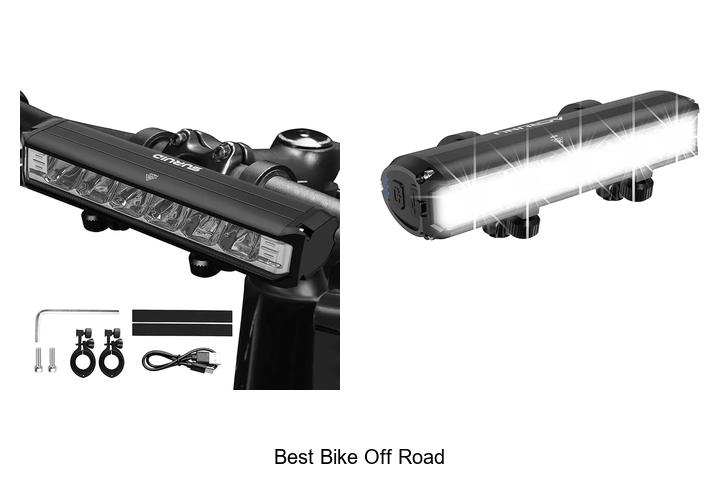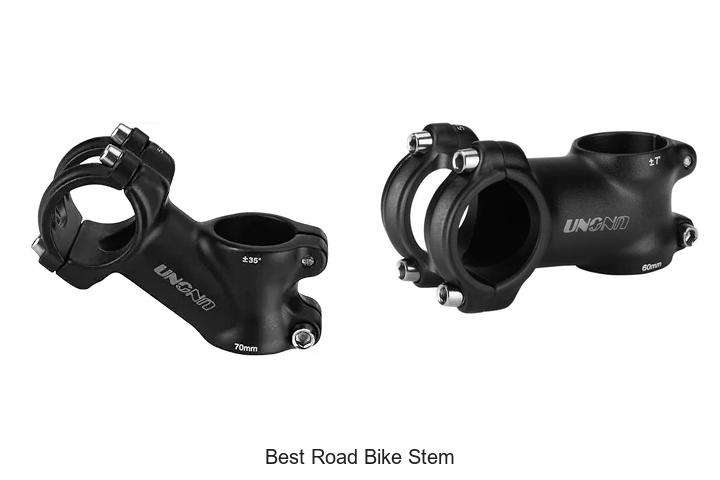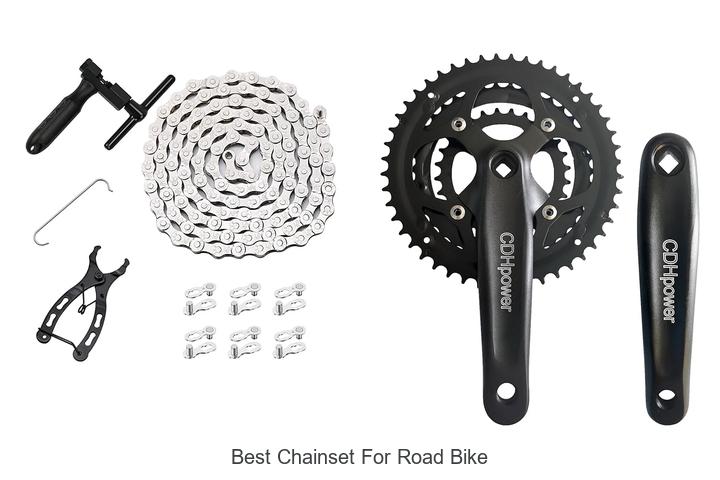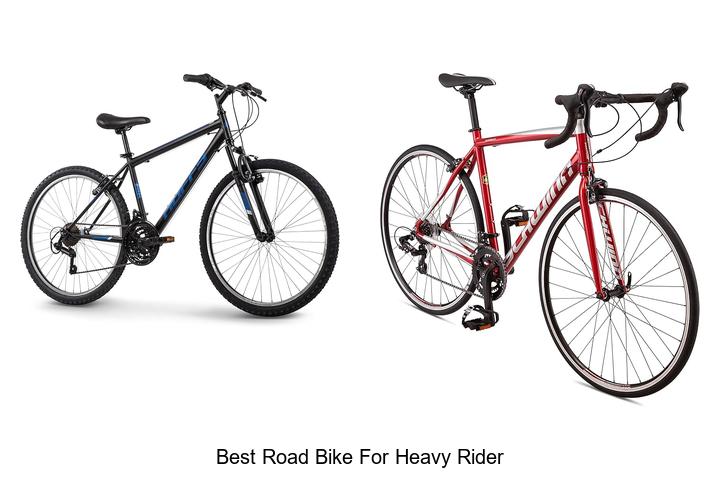What Size Road Bike Do I Need? Easy Guide to Find Your Fit
Choosing the right size road bike is crucial for comfort, performance, and injury prevention. If your bike doesn’t fit properly you might struggle with handling or experience discomfort on longer rides. Knowing how to find the perfect fit can make all the difference in your cycling experience.
You don’t have to be a pro to understand bike sizing. By focusing on a few key measurements and factors you can confidently pick a road bike that suits your body and riding style. Whether you’re a beginner or upgrading your ride getting the right size will help you enjoy every mile on the road.
Understanding Road Bike Sizing
Choosing the right size for your road bike ensures comfort and efficient performance. It involves understanding key factors and measurements that match your body structure.
Why Size Matters
Proper sizing affects your riding posture and pedaling efficiency. An ill-fitting bike causes discomfort, reduces control, and increases injury risk. Correct size improves balance and power transfer, letting you ride longer and faster with less fatigue.
Key Measurements to Consider
Focus on these essential measurements to find your ideal road bike size:
- Inseam Length: Measure from your crotch to the floor. This determines standover height and frame size compatibility.
- Torso Length: Affects reach to the handlebars, influencing upper body comfort.
- Arm Length: Helps refine handlebar positioning for better control.
- Height: Provides a general size range but is less precise than specific body measurements.
Use these measurements with brand-specific size charts since frame geometry varies across manufacturers. Always test your fit if possible, as adjustments in seat height and handlebar position fine-tune your comfort.
How To Determine Your Road Bike Size
Selecting the right road bike size starts with precise body measurements and matching them to frame dimensions. Follow these steps to find a frame that suits your build and riding style.
Measuring Your Inseam
Measure your inseam by standing barefoot against a wall with feet 6–8 inches apart. Place a book between your legs, pressing gently upward to mimic a bike saddle’s position. Record the distance from the floor to the top of the book in inches or centimeters. This measurement helps estimate the correct frame height and standover clearance.
Calculating Frame Size
Multiply your inseam by 0.67 to calculate the approximate frame size in centimeters. For example, if your inseam is 32 inches, multiply 32 x 0.67 to get 21.4 inches (54.4 cm). Convert the result to the unit used by your preferred bike brand. Remember that this calculation provides a starting point; fine-tune based on torso and arm length for optimal fit.
Using Size Charts Effectively
Use brand-specific size charts as a guideline, since frame geometry varies among manufacturers. Compare your calculated frame size and other measurements like torso and arm length with the chart’s recommendations. Focus on frame size, top tube length, and standover height. When possible, test ride different sizes to evaluate comfort and handling before making a final decision.
Other Factors That Affect Bike Fit
Several factors beyond frame size influence your road bike fit. Adjusting these elements ensures comfort, control, and efficient riding posture tailored to your body.
Reach and Stack
Reach and stack define your bike’s frame geometry and affect your riding position. Reach measures the horizontal distance from the bottom bracket to the top-center of the head tube. Stack measures the vertical distance over the same points. Increased reach suits riders with longer torsos or those who prefer a more stretched position, while higher stack values raise the handlebar height for a more upright posture. Always match these measurements with your torso and arm length to avoid excessive strain on your back and shoulders.
Top Tube Length
Top tube length plays a key role in frame sizing as it determines the bike’s effective length between the seat and handlebars. A longer top tube fits riders with longer arms and torsos, providing stable control at high speeds. Shorter top tubes suit riders seeking a compact, agile feel or those with shorter upper bodies. Use your torso length to help choose a top tube length that lets you maintain proper elbow bend and reach without overextending.
Saddle and Handlebar Adjustments
Fine-tuning saddle height and position affects your pedaling efficiency and comfort. Set saddle height so your knee has a slight bend at the bottom of the pedal stroke to avoid strain. Adjust fore-aft saddle position for balanced weight distribution and optimal power transfer. Handlebar height and reach adjustments help reduce neck and shoulder tension. If the reach feels too far or handlebars cause discomfort, adjust stem length or handlebar height rather than changing frame size alone.
Tips For Testing and Choosing the Right Size
Choosing the right road bike size requires hands-on testing and professional guidance. Focus on fit, comfort, and control during your selection process.
Test Riding Different Sizes
Start by test riding multiple frame sizes, ideally within the size range suggested by your measurements. Evaluate comfort in the saddle, reach to the handlebars, and ease of pedaling. Notice if you feel stretched or cramped; a frame that’s too large causes overextension, while a smaller frame restricts movement. Test rides lasting at least 10 to 15 minutes reveal how the bike performs over varied terrain and brake response. Adjust seat height and handlebar position during these rides to gauge potential fit improvements.
Getting Professional Bike Fitting
Consider visiting a professional bike fitter to fine-tune your fit. A fitter measures your body dimensions, flexibility, and riding style, then adjusts frame size, saddle height, saddle fore-aft position, and handlebar settings accordingly. Professional fitting reduces the risk of discomfort and injury by optimizing posture and pedaling efficiency. If you cannot access a fitter, many bike shops offer fitting services or knowledgeable staff to guide adjustments based on your test rides.
Conclusion
Choosing the right road bike size is key to enjoying every ride with comfort and confidence. By paying attention to your body measurements and frame geometry, you set yourself up for better control and less fatigue. Don’t hesitate to test ride different sizes and make adjustments to find what feels best for you.
Remember that a well-fitted bike not only improves your performance but also helps prevent injuries over time. Taking the time to get your sizing right will make your cycling experience more enjoyable and rewarding every time you hit the road.
Frequently Asked Questions
Why is choosing the right road bike size important?
Choosing the right size ensures comfort, better handling, improved performance, and helps prevent injury during rides.
What key measurements help determine the correct bike size?
Important measurements include inseam length, torso length, arm length, and overall height.
How do I use inseam length to find my bike frame size?
Measure your inseam and multiply it by 0.67 to estimate the ideal frame size in centimeters.
Should I trust standard bike size charts?
Use size charts as a starting point, but remember frame geometry varies by brand, so always check specific charts.
What are reach and stack on a road bike?
Reach is the horizontal distance from the bottom bracket to the top of the head tube; stack is the vertical distance. Both affect riding posture.
How can testing different bike sizes help?
Test rides reveal comfort, handling, and pedaling ease, helping you choose a size that matches your body and riding style.
Is professional bike fitting necessary?
Professional fitting is highly recommended for optimal comfort and performance, though knowledgeable bike shop staff can offer good assistance.
Can I adjust my bike to improve fit after purchase?
Yes. Adjusting saddle height, saddle position, and handlebar placement can fine-tune your bike fit for better comfort.
How does bike size affect riding posture and efficiency?
A correct size promotes proper posture, reduces strain, and enhances pedaling efficiency and control.
What is the role of top tube length in bike sizing?
Top tube length determines the reach between seat and handlebars, affecting comfort and riding position. Choose one that fits your torso and arm length.



